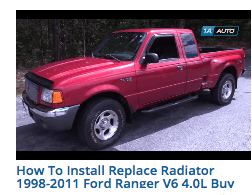Top Qualities of a Successful Digital Marketing Agency
What separates a successful digital marketing agency from a mediocre one? Numerous agencies claim they provide the best digital services available and will always go out of their way for client needs, but is this really the case? Listed below are some essential qualities that every digital marketing agency should possess in order to be successful in today’s industry.
Flexibility
Is your current agency available for any needs that arise outside of standard office hours (9-5)? From our perspective, digital marketing is a 24/7 operation and any agency that thinks otherwise is not providing the best service possible. Problems arise, campaigns need monitored, and some industries experience their best business outside of the typical Monday-Friday 9-5 hours. Therefore, flexibility is huge when it comes to digital marketing and if your agency isn’t fulfilling your needs then it may be time to make a change.
Experience
Evaluating the previous experience of an agency is a major factor when determining their success. Does the agency have a proven track record? Are their clients legitimate and relevant to your business or industry? Will they address your specific needs? Always be sure to analyze an agency’s portfolio and case studies to determine if their experience matches your needs. View our Case Studies at Onimod Global and take a look at our credible experience in all aspects of digital marketing.
Transparency
When it comes to digital marketing and working with clients, transparency is a huge quality that clients desire and often expect. An agency demonstrating transparency refers to the clarity of billing, accuracy of data, how campaigns are actually performing, and what’s happening in general. Working with a digital marketing agency that is trustworthy will ultimately lead to better results in the long run. Moreover, transparency is a quality that can never be ignored when evaluating an agency. It separates successful digital agencies from the mediocre ones.
Expertise
Every agency should be an expert when it comes to SEO, SEM, Social Media, Data Analysis, Website Development, and every other critical component of digital marketing. Is the agency a Google Partner? Are the employees certified in Google AdWords and Analytics? These are important questions to consider when evaluating whether an agency is legitimate or not. All successful digital agencies in today’s industry demonstrate many if not all of these capabilities and always be sure to check out previous work/case studies for reassurance.
Contact Us: At Onimod Global we are a proven digital marketing agency and know what it takes to fulfill the needs of every client. Check out Our Work and see what digital solutions we have to offer! We look forward to hearing from you!






